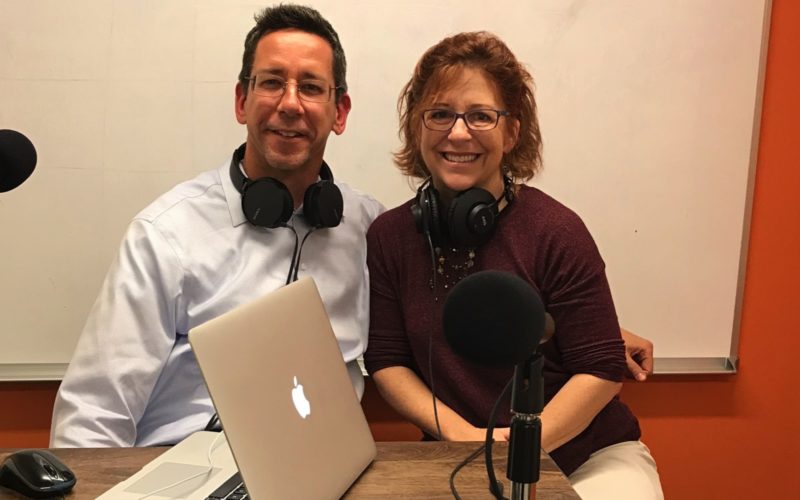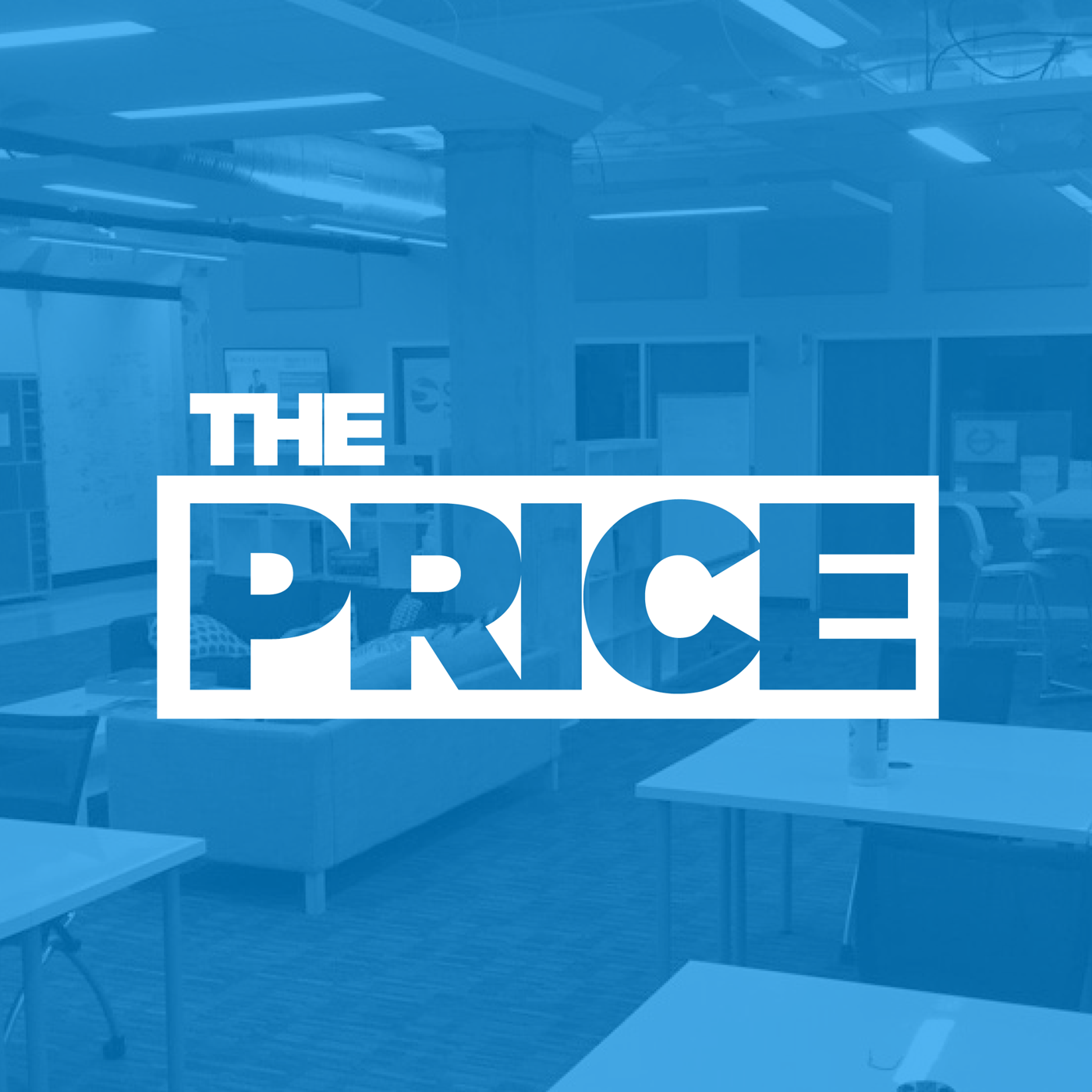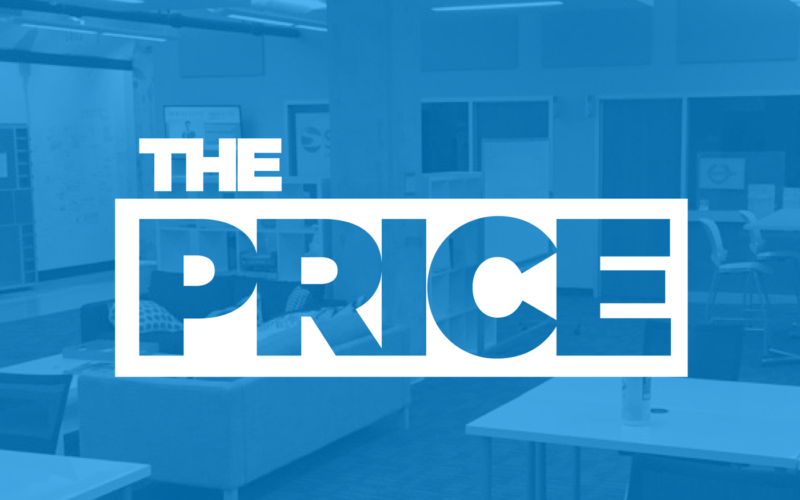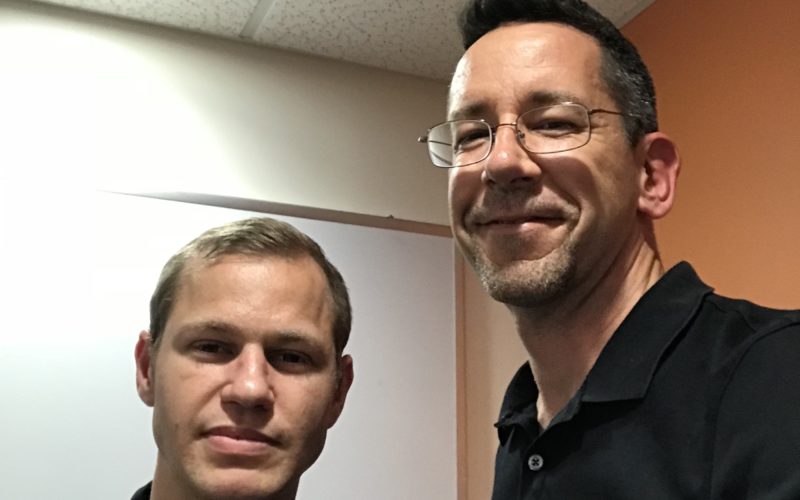Ep 5: Allison Wood – CEO of LCMS+
In this episode, I interview Allison Wood, the CEO of LCMS Plus, an enterprise software solution that helps medical schools streamline accreditation reporting and gain greater insight into medical programs. Spun-out from Duke, LCMS Plus is software that tracks everything surrounding the education components of medical school, which includes keeping track of student schedules, grades and evaluations of instructors just to name a few. In this episode, Allison discusses how the company was spun out from Duke and how she manages life with a business partner who is the CTO and also her husband. We also discuss how she has come to see the value her software provides.
In this episode we explore:
- How the mission of her company actually impacts all of us [20:27]
- The story of being the first software spinout form Duke School of Medicine [21:34]
- The challenges of pricing the product and recognizing its true value including a trick she used to discover the appropriate price for her product [26:28]
- “The partnership we offer is just as valuable as the software itself.” [26:40]
- The pain of managing long sales cycles and cash flow challenges as a young B2B company in education market [28:14]
- What her advice is for startups being spun-out of universities [31:53]
- “I really believe we attract the kind of energy we put out.”
- How Allison incorporates “culture checks” in the hiring process [52:41]
- How Allison tries to enhance communication while working with a distributed team [54:13]
- “Ritual is what bakes values into habits.” [57:06]
- The pros – and cons – of being married to your co-founder [57:57]
- How Allison’s teenager helped her create boundaries between work life and home life [1:04:34]




